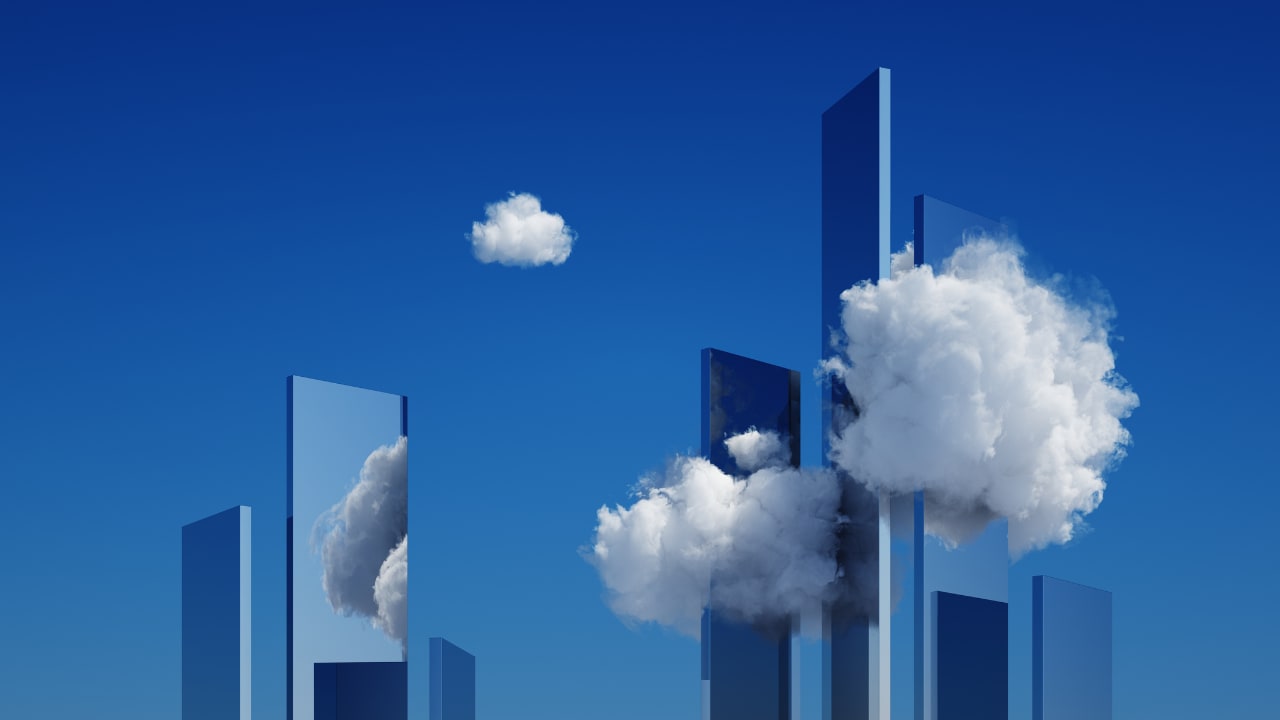The evolution of skyscrapers past living spaces
By John Brash, Founder and CEO, Brash
Skyscrapers have been a long part of urban cityscapes. Symbols of expensive land, commercial and business areas, the human aspiration to reach the sky since antiquity is a reality in the world's megacities. Whether it's a technological feat, or a response to overpopulation issues, the construction of tall buildings is a trend that is accelerating.
The driving force behind the obsession with innovative skyscrapers
With innovative towers becoming a global trend, developers need to look at the experiences rather than the height of the building more than ever. Consumers look at what amenities the developments have to offer and how the sector is pushing boundaries. Cities such as London, New York, Paris and even emerging places like Istanbul, Bangkok, and Lisbon are modernising developments with the skyline changing as a result.
In particular, in the Middle East, we are seeing a proportionately large number of modern, contemporary developments, a drive which is coming from a long-standing desire to set new standards and raise the global benchmark. Cities such as Abu Dhabi, Riyadh, Dubai, Doha, and Muscat are considered relatively newly developed; over the past couple of decades these cities have experienced unprecedented growth in population, economies, and attractiveness on the global stage as business, tourism, and lifestyle destinations. Governments in the region are also intent on fostering this type of innovation and excellence, which is only encouraging this kind of growth.
The challenge in delivering these projects
In the Gulf, we are seeing an increase in sustainable developments commencing and moving into a handover phase. Governments in the Middle East quite quickly adopted successful strategies to control and reduce the impact of Covid, and that is one of the key reasons we’re seeing a relatively swift recovery. Such decisive action sent a message to both domestic and international markets, that the region is open for business and tourism - providing huge market confidence. For example, Dubai is continuing to leverage this market confidence by introducing new incentives to drive momentum, including the recent introduction of the Golden Visa, 100% owned Foreign Companies, and formalised taxation structures.
Broader challenges in growth markets are always similar and dealing with them is just about getting the best team on board. Strong leadership is essential if you want to be one step ahead of competitors. It is critical that the industry switch focus to investing in sustainability - financial and environmental - as a matter of urgency. Thankfully, we are seeing such considerations move to the forefront, and developments like NEOM are setting the tone for the real estate market globally.
Places gaining popularity through the development of skyscrapers
Many projects are promoted while in the concept phase and then strength-tested through the due diligence and feasibility stage. This is a sign of a mature market and one that reacts to market dynamics. Where we’ve seen it work well in the past is with the likes of the Burj Khalifa. That’s a great example of having a clear vision, a strong financial and business model, and pulling together an expert team from across the globe to make it happen.
Working on that project, it was clear from the outset that it wasn't just about creating the world's tallest building – it wasn’t a PR gimmick! Instead, it was about signposting that the world was starting to credibly move east, showcasing a new level of human achievement and demonstrating how to maximise the value of land to deliver (at the time) the world's most expensive square metre. Today, it’s an anchor for Downtown Dubai and has helped evolve not just the immediate area but the city itself into a global destination.
Modern cities are established over thousands of years through human history, built upon incremental layers. This process, therefore, leaves room for creative thinkers to disrupt the status quo; Le Corbusier’s bold design ambitions for Paris included demolishing much of the centre of the city. Of course, this never came to pass, but his Plan Voisin was an example of proposed architecture dramatically reimagining how a city serves its inhabitants. What's fantastic about all the buzz around The Line in Saudi Arabia is that it's offering a vision of what urban planning could be, pushing the limits of human imagination. It doesn't mean that every city is now going to be built in this way; it's just introducing a new thread of thinking into the conversation. I, personally, think that's very exciting.
The impact of a tall building is far wider than just the building itself and makes significant contributions to the urban realm in connection with tall buildings.
Architects and planners must ensure that new projects demonstrate a positive contribution to the surrounding environment, add to the social sustainability of both their immediate and wider settings, and represent design influenced by context, both environmentally and culturally.









